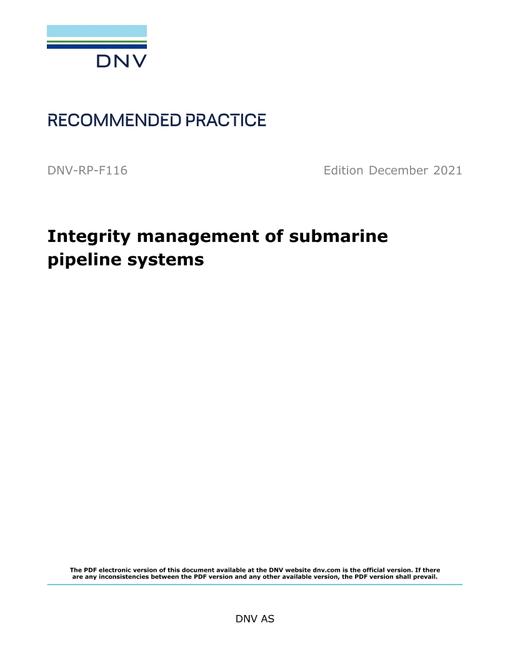-
-
Available Formats
- Availability
- Priced From ( in USD )
-
Available Formats
-
- Secure PDF 🔒
- Immediate download
- $145.00
- Add to Cart
-
- Printed Edition
- Ships in 1-2 business days
- $145.00
- Add to Cart
Customers Who Bought This Also Bought
-

DNV DNV-RP-F116
Priced From $145.00 -

DNV DNV-RU-HSLC PART 0 CHAPTER 4
Priced From $57.00 -

DNV DNV-RU-HSLC PART 3 CHAPTER 6
Priced From $57.00 -

DNV DNV-RU-UWT PART 1 CHAPTER 1
Priced From $57.00
About This Item
Full Description
Scope and application
Environmental conditions
Environmental conditions cover natural phenomena, which may contribute to structural damage, operation disturbances or navigation failures. The most important phenomena for marine structures are:
— wind
— waves
— current
— tides.
These phenomena are covered in this RP.
Phenomena, which may be important in specific cases, but not covered by this RP include:
— ice
— earthquake
— soil conditions
— temperature
— fouling
— visibility.
The environmental phenomena are usually described by physical variables of statistical nature. The statistical description should reveal the extreme conditions as well as the long- and short-term variations. If a reliable simultaneous database exists, the environmental phenomena can be described by joint probabilities.
The environmental design data should be representative for the geographical areas where the structure will be situated, or where the operation will take place. For ships and other mobile units which operate worldwide, environmental data for particularly hostile areas, such as the North Atlantic Ocean, may be considered.
Empirical, statistical data used as a basis for evaluation of operation and design must cover a sufficiently long time period. For operations of a limited duration, seasonal variations must be taken into account. For meteorological and oceanographical data 20 years of recordings should be available. If the data record is shorter the climatic uncertainty should be included in the analysis.
Environmental loads
Environmental loads are loads caused by environmental phenomena.
Environmental loads to be used for design shall be based on environmental data for the specific location and operation in question, and are to be determined by use of relevant methods applicable for the location/operation taking into account type of structure, size, shape and response characteristics.
Document History
-
DNV DNV-RP-C205
currently
viewing
Environmental Conditions and Environmental Loads- Most Recent
-
DNV DNV-RP-C205
ENVIRONMENTAL CONDITIONS AND ENVIRONMENTAL LOADS- Historical Version
-
DNV DNV-RP-C205
ENVIRONMENTAL CONDITIONS AND ENVIRONMENTAL LOADS- Historical Version
-
DNV DNV-RP-C205
ENVIRONMENTAL CONDITIONS AND ENVIRONMENTAL LOADS- Historical Version
-
DNV DNV-RP-C205
ENVIRONMENTAL CONDITIONS AND ENVIRONMENTAL LOADS- Historical Version





